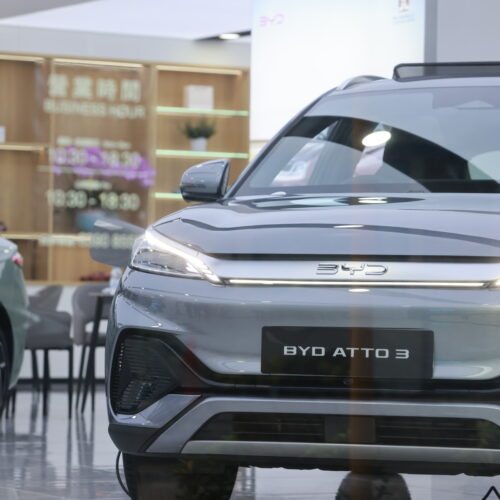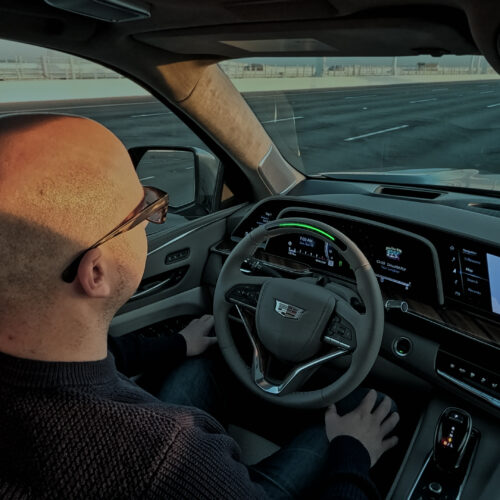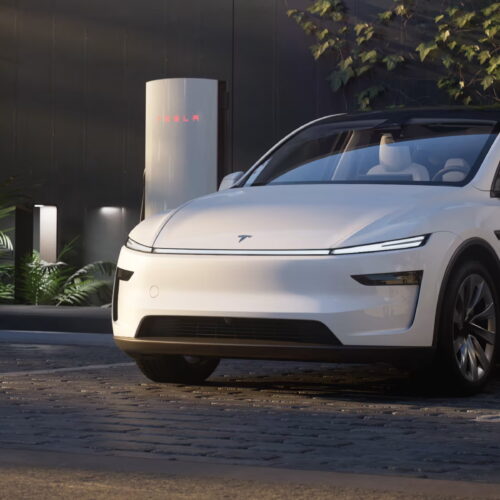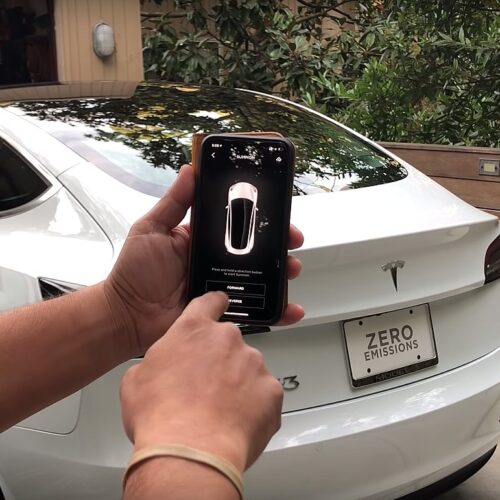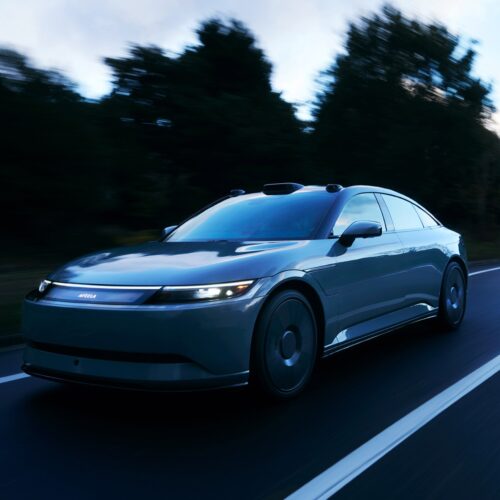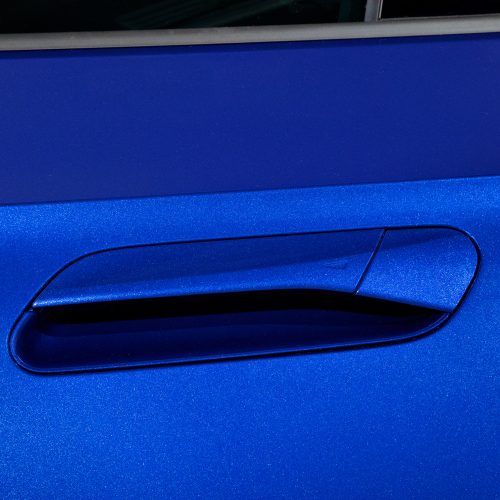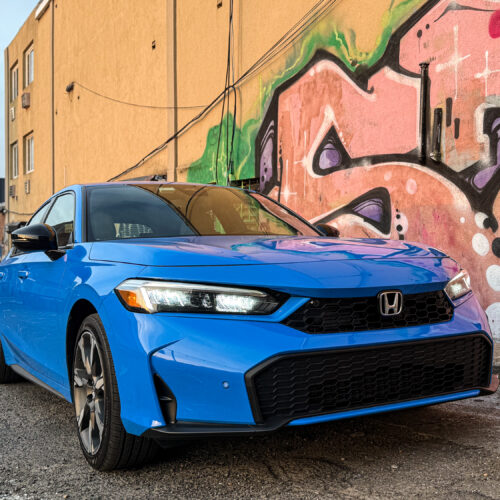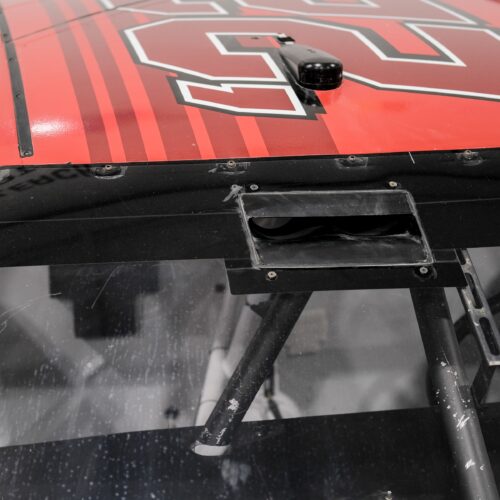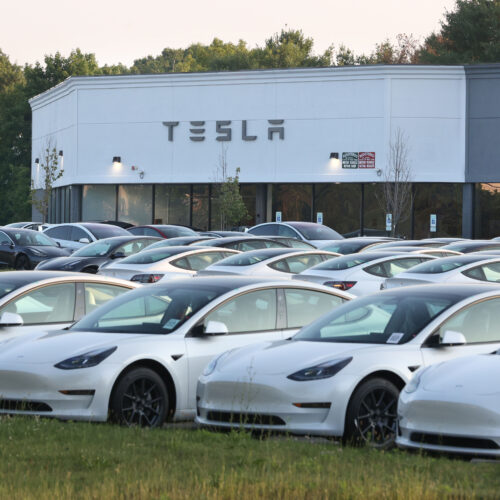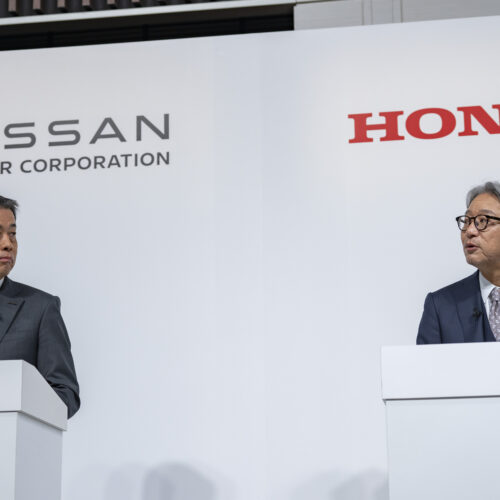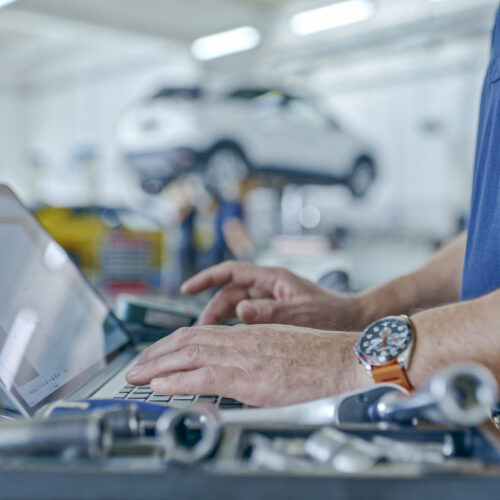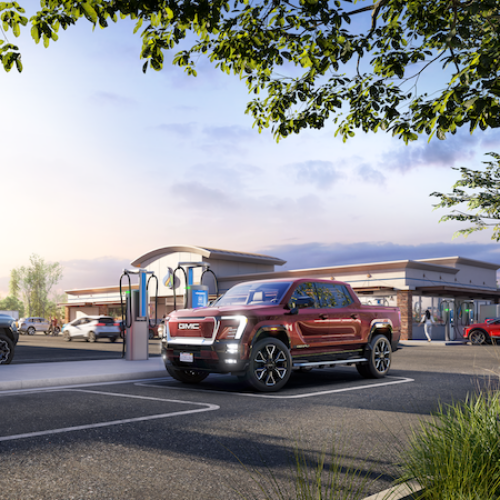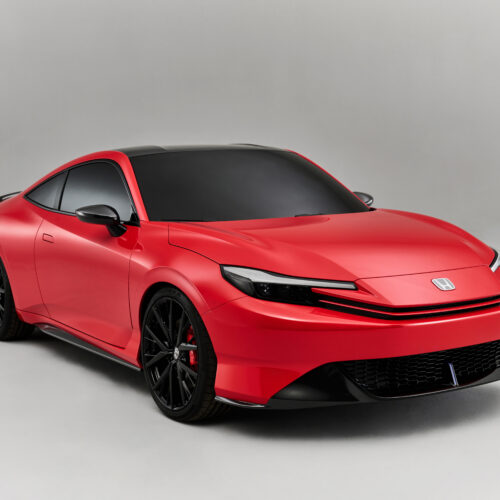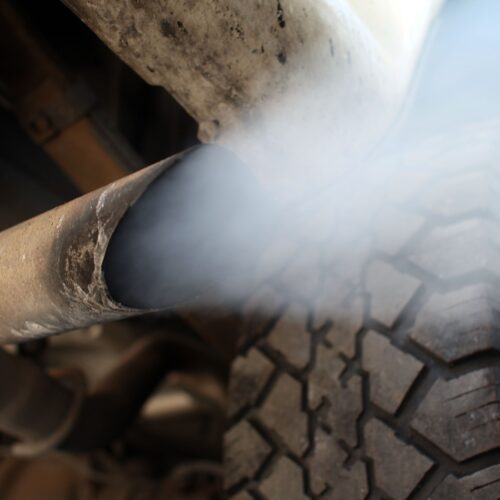Ban on Chinese connected-car software is almost ready
Plans to block new vehicles with software and hardware linked to either China or Russia are moving ahead. Today, the Department of Commerce published a final rule in the Federal Register that will prohibit the import of vehicles with Chinese or Russian connected-car vehicle software from model year 2027 and Chinese or Russian hardware from model year 2030.
While the move will no doubt protect domestic auto manufacturing from the threat of cheap imports, the ban has been proposed on national security grounds. Specifically, the US government has determined that "malign actors and foreign adversaries" could exploit the "progressively more complex hardware and software systems" on new cars. It also determined that the danger of that happening when that software or hardware is made by a company owned or controlled by either China or Russia is unacceptably high.
The proposed rule covers hardware and software that enable connectivity above 450 MHz and automated driving system software—the sensors or other ADS hardware is not covered by the rule. Originally, the government had also wanted to include OSes, telematics, battery management systems, and advanced driver assistance systems but narrowed the scope in response to public comments. (It also notes that while telematics are indeed a prime attack surface for a foreign adversary since they operate over cellular protocols, that's already covered.)


© Getty Images
